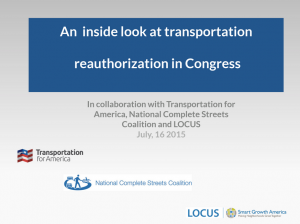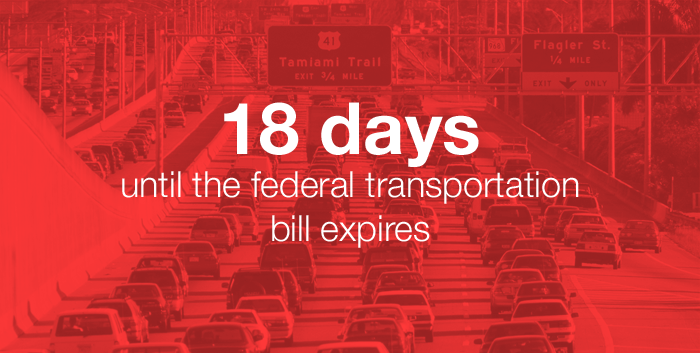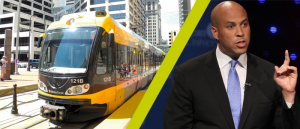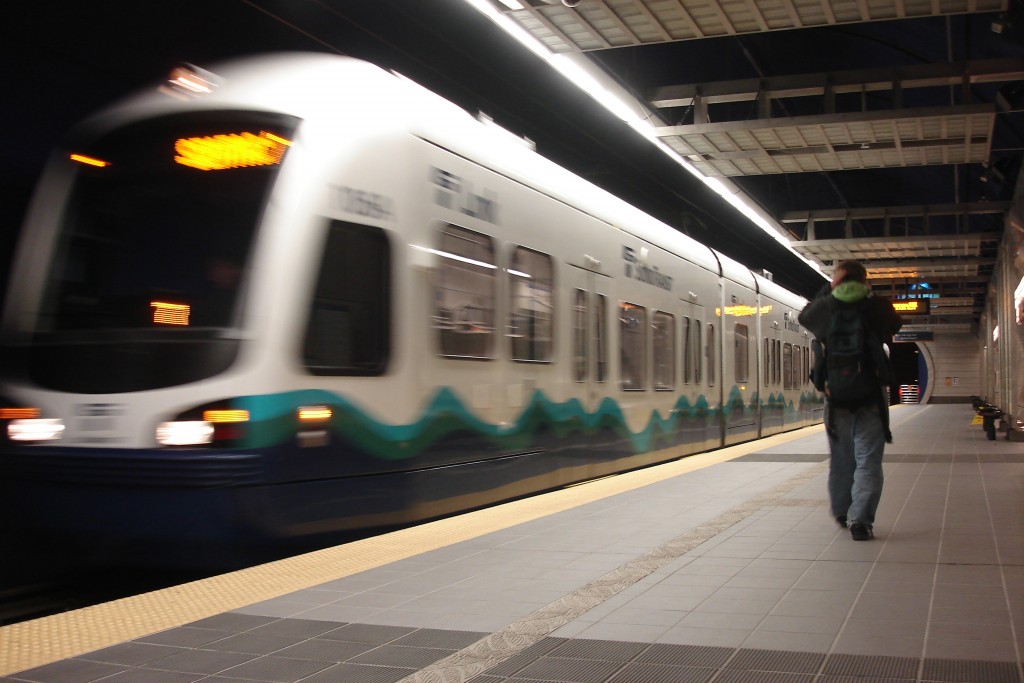
It’s important that communities make the best use of land around transit lines and stops, efficiently locate jobs and housing near new transit stations, and boost ridership — which can also increase the amount of money gained back at the farebox. 21 communities today received a total of $19.5 million in federal grants from a new pilot program intended to do exactly that.
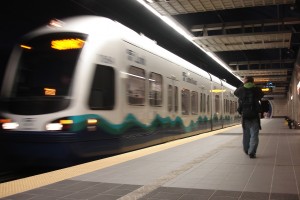
Sound Transit’s LINK light rail on the Seattle-SeaTac line. Six stations will eventually be added to Tacoma’s separate LINK line, doubling their number of stations.
Building a new transit line isn’t some sort of magic wand; a new rail or rapid bus line doesn’t automatically mean that well-planned, walkable neighborhoods will spring up to help support the line by adding new riders nearby, or result in new buildings filled with meaningful destinations bringing transit riders to the area. A lot of work goes into creating a plan that can foster and incentivize the kind of private development that a community wants to see around their transit stations, and the grants in this small pilot program will be a big boost to these 21 communities either currently expanding or planning to expand transit service to their residents.
This pilot program was one of the bright spots in MAP-21, and was a priority we worked hard to see included in the final bill during those negotiations back in the summer of 2012, along with our colleagues at LOCUS, the coalition of responsible real estate investors within Smart Growth America.
Making proactive steps to plan for development along entire transit corridors – rather than just one station area at a time – can attract private-sector interest as well as stronger buy-in from the community by creating a complete picture of the development opportunities presented by the new transit line.
A wide variety of projects received grants ranging in size from $250,000 awards to support the Woodward Avenue bus rapid transit line that will connect downtown Detroit with Pontiac and a transit overlay district in the area around the planned Valley Metro light rail expansion to Tempe; all the way up to $2 million for planning around the six stations of Sound Transit’s light rail expansion in Tacoma, including street design to improve connectivity for pedestrians, bicyclists, motorists and transit riders and a plan to expand access to jobs and job training in a fairly disadvantaged area.
Therese McMillan, the acting administrator, was on hand in Tacoma to announce the grants. “Transit-oriented development is critical to the success of new projects and to the economy of the local communities they serve,” she said. “These grants will help communities like Tacoma develop a transportation system that encourages people to use transit to reach jobs, education, medical care, housing and other vital services that they need.”
We’re excited to finally see the first fruits of this small pilot program that we worked so hard to see included in MAP-21. These grants will go a long way toward ensuring that these numerous planned transit investments bring the greatest returns and the best possible benefits to all.




